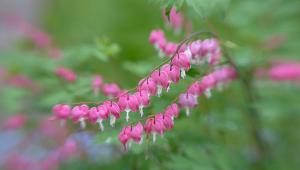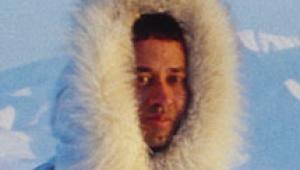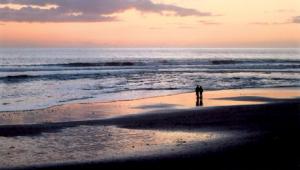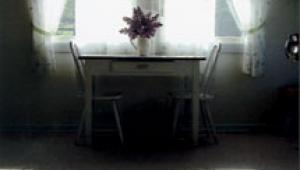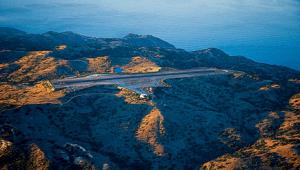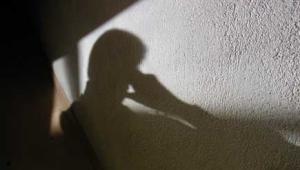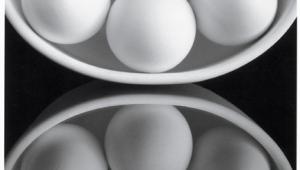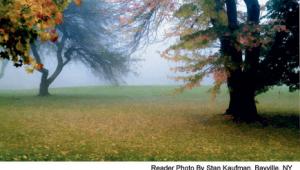They Shoot Horses, Don't They? Cappy Jackson's Equine Photo Tips Page 2
8 tips
1. Equipment
No matter what camera system you have, Jackson advises first and foremost, "Horses
look better when captured with a long lens, rather than a short one."
Her favorite lens is the Nikkor 400mm f/2.8. Her other lenses are the Nikkor
80--200mm f/2.8 and 300mm f/2.8. With telephoto lenses in the 300--400mm
range, she uses a monopod, never a tripod. "The more mobile you make yourself,
the better off you'll be," she adds.
A high-speed motor drive is also very important when shooting any action, she
says. And buy the best camera gear you can afford: "Make an investment
in your equipment!" Using high-quality, durable cameras and lenses is
imperative, she says, because equestrian photography involves being out in the
field with a lot of dust and dirt. And in her case, she points out, "Because
I travel so much, I ship a lot of equipment and hope for the best."
When doing equestrian photography, she prefers shooting with film (Fujichrome
Provia 100F or Fujichrome Sensia 100), and uses a Nikon F5. Although a lot of
people believe that a faster film is appropriate for moving subjects like horses,
she prefers the fine grain of ISO 100 films. "You'll get better
quality with a slower film, especially when you can shoot in good lighting conditions,"
she asserts. She photographs some other subjects digitally with the Nikon D1x,
and says the day is coming when she'll photograph horses digitally too.
2. Research & Preparation
"If I go to a location that I'll be shooting for the first time,
I always assess the situation, get to know the people, and find out exactly
what the client needs ahead of time," Jackson says. She advises those
who want to take pretty pictures of horses to look for a clean background and
attractive animals. Make sure the horse is brushed and groomed for the photo
shoot. When planning a photo session, she says, try to do it on a sunny day
and shoot in the early morning or late afternoon. Jackson prefers morning light.
"Get out of bed early! The best light is in the early morning--you
have more time to work than in the late afternoon." She also believes
that a happy subject is easier to work with. "Make sure the horse has
breakfast before you take pictures."
 |
|
|
3. Assistance
It's also a good idea to have help--an assistant (who's out
of camera range) can hold the horse still for portraits, and another person
can get the horse's attention. Jackson says that interesting sounds will
do the trick, such as shaking a can full of pebbles or using a squeaky toy.
She notes that you'll get the best portraits when "the horse's
ears are up and the eyes are open." She also shoots portraits with a rider
on the horse, and then of the horse alone.
She adds, "animals' attention span is short; they get easily bored."
For this reason, she prefers to do still portraiture first before shooting action.
She generally requires one or more experienced helpers to chase the horse for
her.
 |
|
|
4. Above All, Safety
Jackson strongly emphasizes safety in all situations where horses are being
photographed. If you're taking action pictures of a horse running in a
pasture, she says, "make sure that you get permission to turn the horse
loose." Watch out for gullys and holes. "You don't want to
hurt the horse or upset the owner."
A key word is patience, according to Jackson. If you're photographing
someone else's horse, you must be patient with the animal. And remember
that "horses can be very unpredictable."
5. Shooting Equine Events
When photographing public equestrian events, Jackson says, "You must get
the proper credentials and follow the rules. Ask where you're allowed
to go--etiquette is very important."
At a horse show (as in most situations), a telephoto lens is imperative so as
not to distract the horse and/or rider. Jackson advises shooting lots of pictures
to learn to photograph the horse at its best moment. For example, photographing
horses jumping over fences is a challenge, just as when trying to shoot any
peak action. "It takes a lot of practice and getting your timing down,
because you need to capture the apex of the jump."
 |
|
|
6. Shutter Speed
Jackson freezes action by shooting at a minimum of 1¼500 and even as
fast as 1¼2500, and says she usually uses a wide-open aperture of f/2.8.
When she photographs scenics that include a horse, she shoots at a minimum of
1¼125 ("you've got to keep that speed up"). When emphasizing
motion by panning, however, she shoots at 1¼30. "It's important
to learn about your subject and to know what you need to do to capture the moment,"
she says.
7. Lighting
"I avoid shooting indoors if at possible," explains Jackson. "Horses
are outdoor animals and should be shown in their natural environment."
Besides, she says, she prefers to shoot most subjects outdoors. "I think
everybody looks better in natural light, and I'm more comfortable working
with it." She says she doesn't use flash or studio lighting for
horse portraits, as it gives the image an artificial look she doesn't
like. However, she sometimes uses a reflector when photographing a person on
horseback (and sometimes uses it to get the horse's attention).
 |
|
|
8. Be Creative
Jackson stresses the fact that people have fun and be creative when taking pictures.
She advises photographers to look for different angles, "and don't
be afraid to get in tight." Many people tend to shoot pictures from too
far away. "Don't feel that you always have to get the whole horse
in the picture from head to toe." If she has a trademark, it's shooting
with long lenses and utilizing great light. "People tell me I'm
good at capturing the character and expression of a horse. One person described
it as `the emotion of motion.'" This can only come with practice.
Jackson, who shoots a lot of images, admits that she discards nearly half of
what she shoots.
 |
|
|
"Don't be afraid to get critiqued," she says. Photographer Jay Maisel taught her a valuable lesson at the Maine Photographic Workshop years ago, when he asked why she was showing mediocre work. "I showed what I thought he wanted to see, not what represented my best work. Be proud of the images you show."
- Log in or register to post comments
